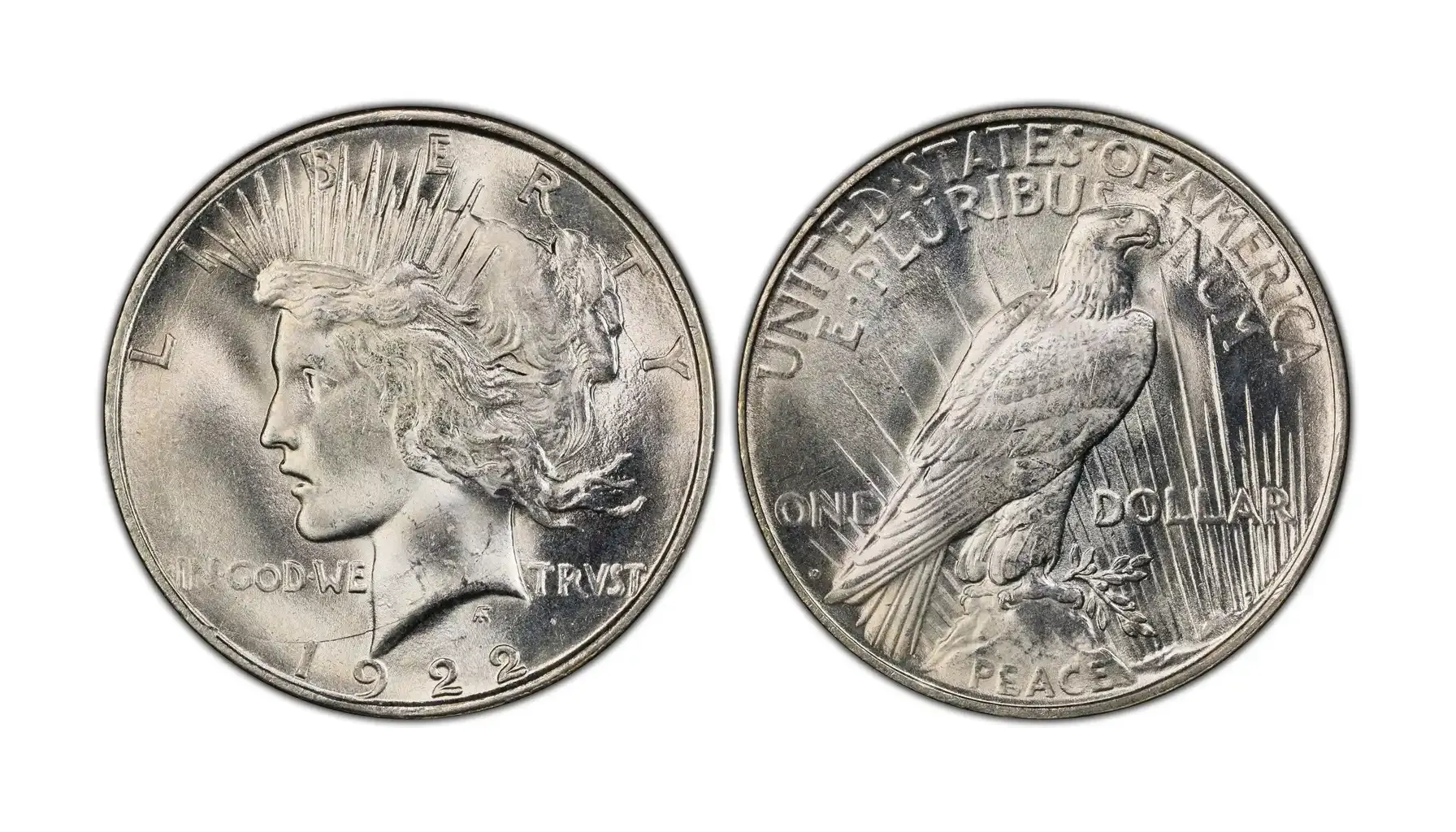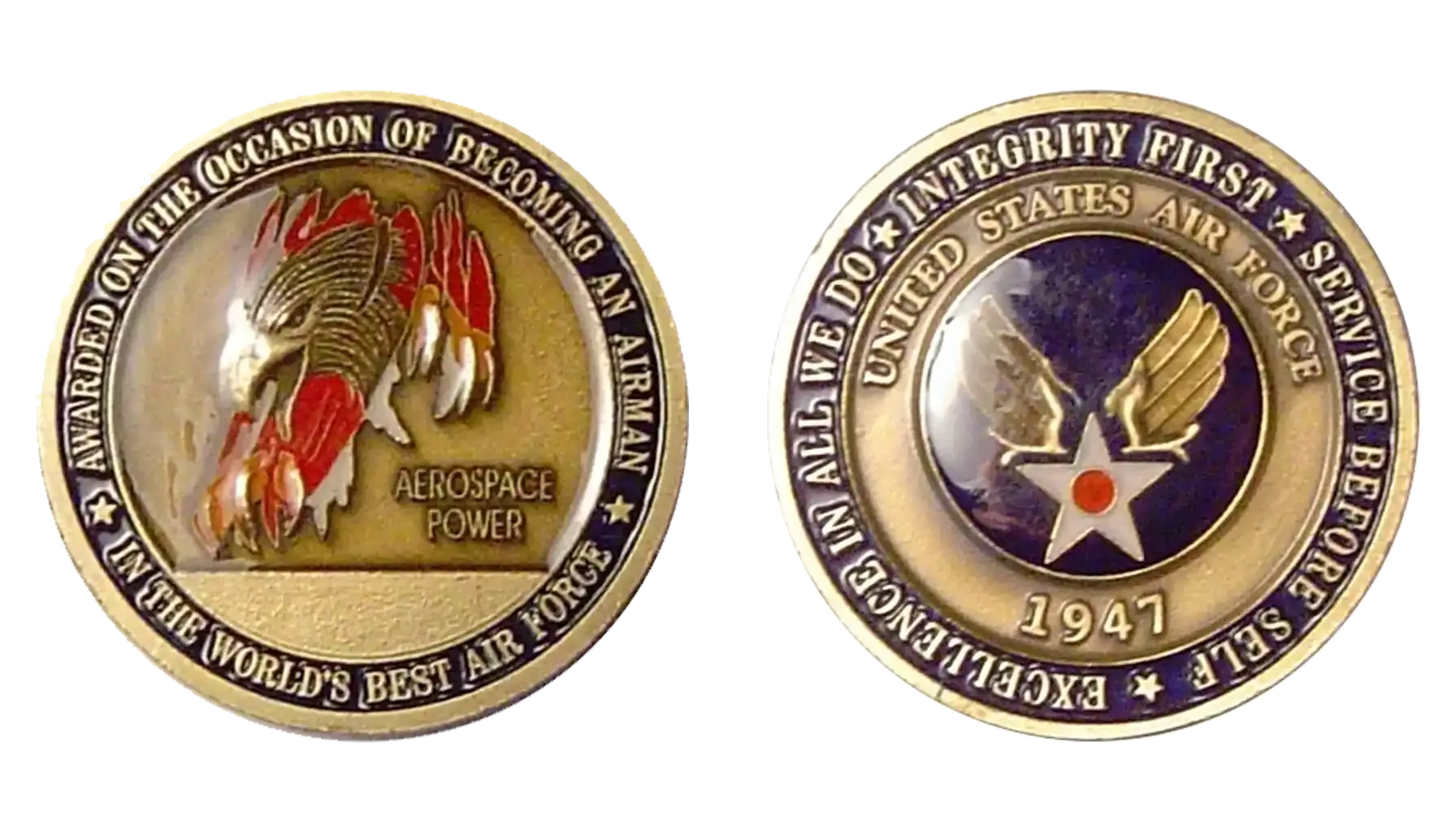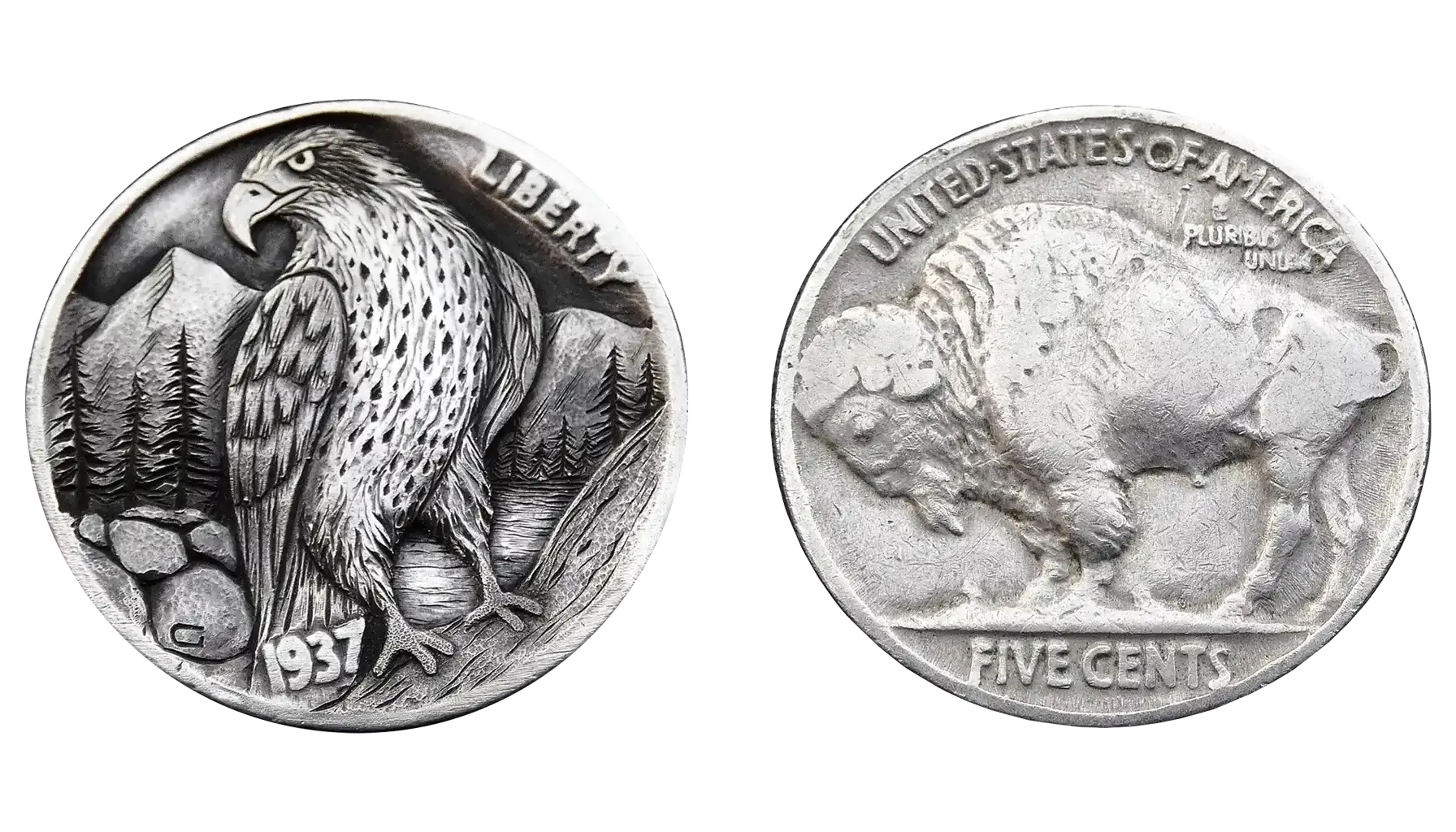Contents:
A century ago, there were released numerous peculiar coins that may be worth thousands or even millions of dollars these days. Issued in 1909, the Lincoln cent was no different from its predecessors. Anyway, however valuable it can be considered, newcomers and amateurs easily overlook this numismatic creation and simply give it away further.
In this material, we are to explore the main characteristics of this instance, define the relevant 1940 penny value, and finally meet an innovative coin identifier to make your numismatic experience a bit less concerning than it actually is.
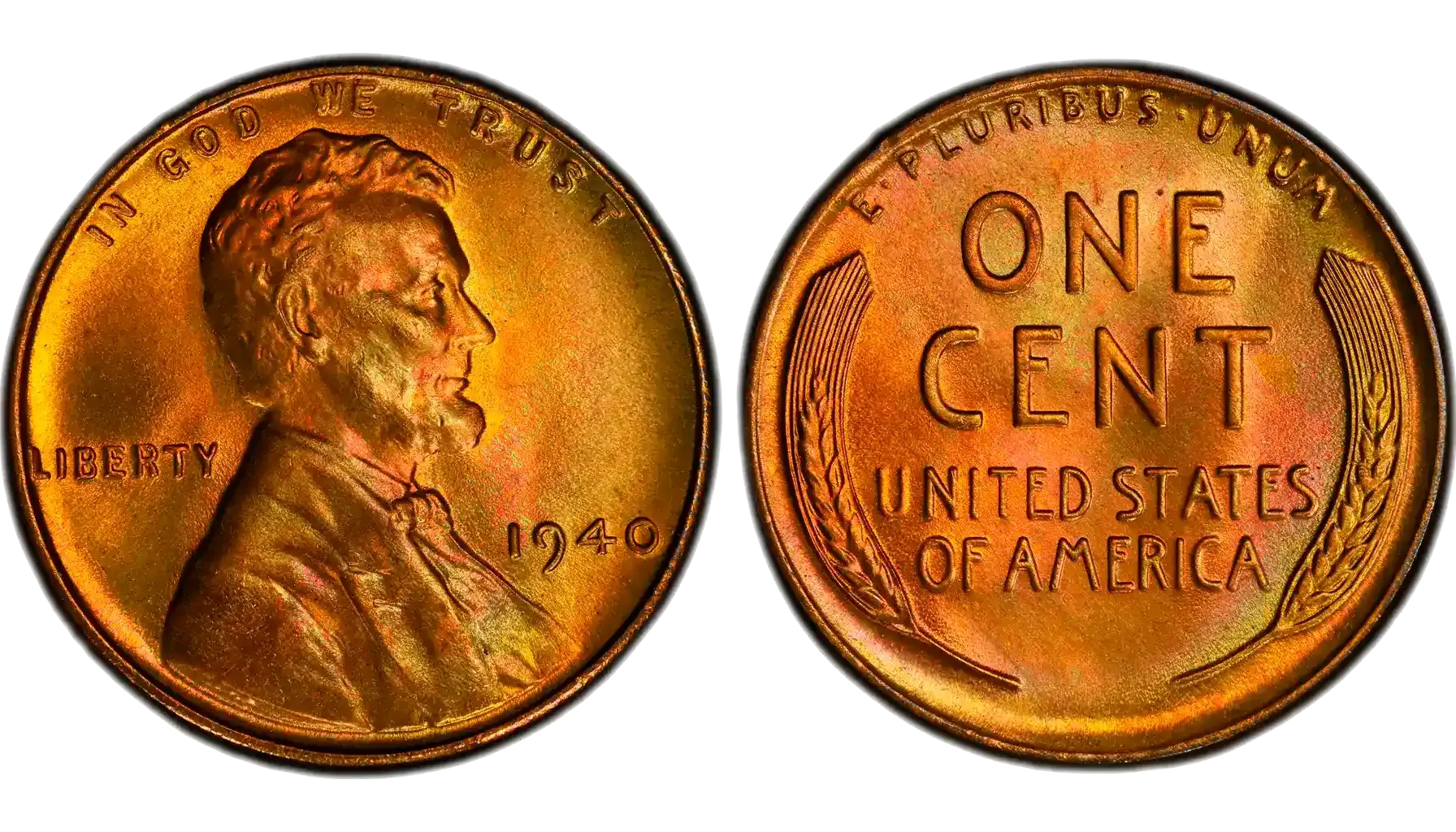
A Quick Overview of the 1940 Penny
Originally, Lincoln cents (or pennies) were released in 1909, gaining the status of the first US coin to feature a real person. The reason was rather trivial – it was a commemorative issue used to honor Abraham Lincoln’s 100th birthday.
The instance minted in 1940 was not unusual, but it circulated during a time of great economic uncertainty and global upheaval. Its everyday use could not facilitate its value and significance, but it did. These days, due to the fact that the 1940 coin could have been a witness to key historical events, the 1940 wheat penny value is increasing day by day.
Here are the main characteristics that may make this very coin unique:
The Main Characteristics of the 1940 Penny | |
Years of Minting | 1909–1958 (Wheat Reverse) |
Designer | Victor D. Brenner |
Obverse Design | Profile of Abraham Lincoln facing right with the inscriptions “In God We Trust”, “Liberty”, the year of issue, and a mint mark right below the year. |
Reverse Design | Two wheat stalks with the inscriptions “E PLURIBUS UNUM”, "ONE CENT", and "UNITED STATES OF AMERICA" at the center. |
Composition | 95% copper, 5% tin and zinc |
Weight | 3.11 grams |
Diameter | 19.05 mm |
Thickness | 1.52 mm |
Edge | Plain |
Mintage Figures and Mint Locations
In 1940, the US Mint produced over 780 million Lincoln Wheat pennies across three major facilities: the Philadelphia Mint, Denver, and San Francisco. As can be seen from statistics, these units of currency are generally not rare due to high mintage numbers, yet certain varieties and conditions (e.g., proofs or errors) may bring wealth to their owners.
For one to understand how many coins were issued, here are the mintage figures by location:
Philadelphia (1940 Penny No Mint Mark): 586,810,000 – Most common issue of 1940
Denver (1940 D Penny): 81,390,000 – Less common yet still available
San Francisco (1940 S Penny): 112,940,000 – Often sought after by collectors
Philadelphia (Proof): 15,872 – Special collector-only strikes
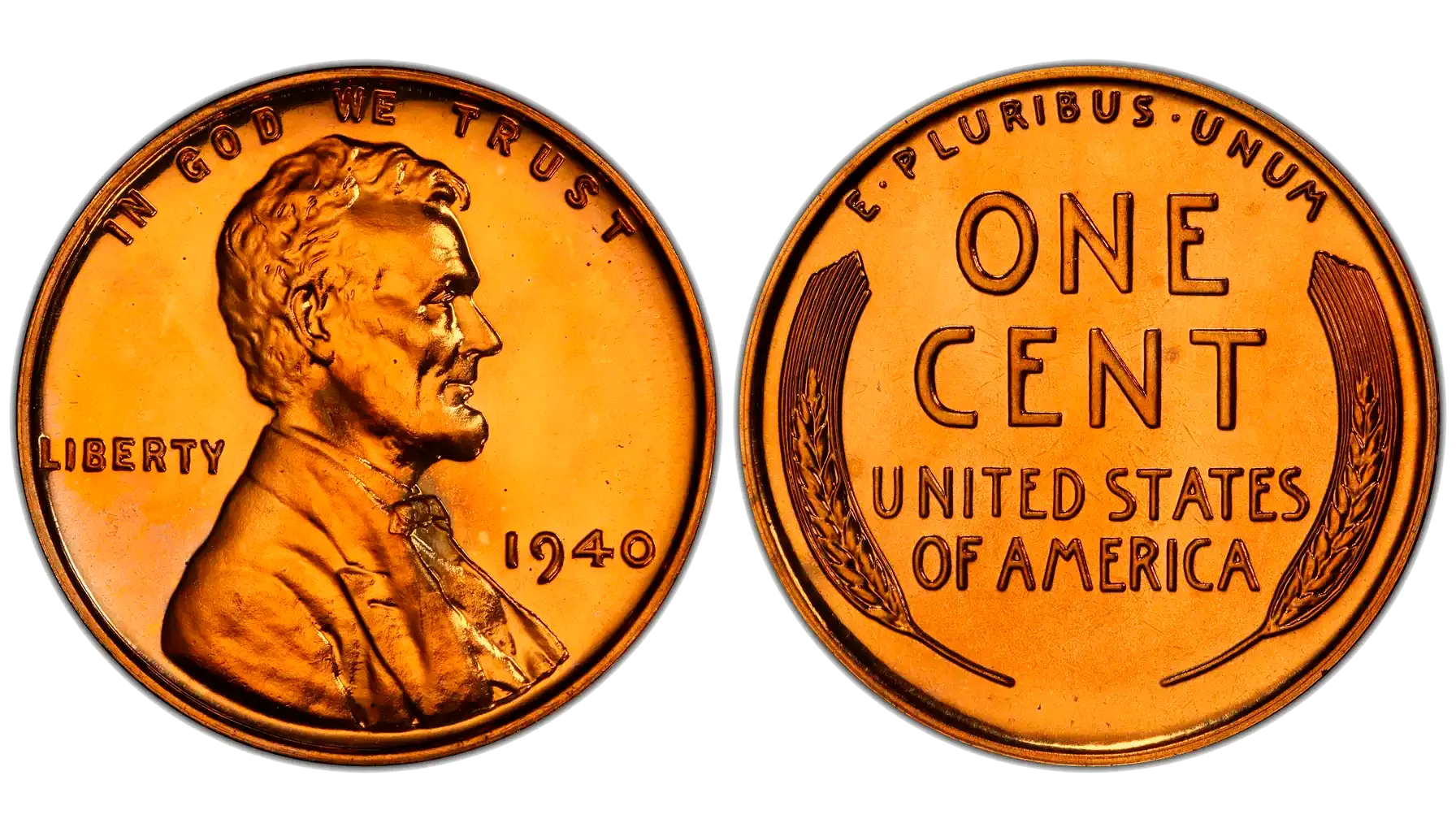
Valuable 1940 Wheat Penny Errors to Look For
Indeed, most 1940 Lincoln cents are common and affordable, but certain errors on coins can be surprisingly valuable. Beyond the well-known double dies and off-center strikes, there are some fascinating and lesser-seen minting deviations that collectors may be glad to obtain.
1940 1C Overpressed Planchet Error
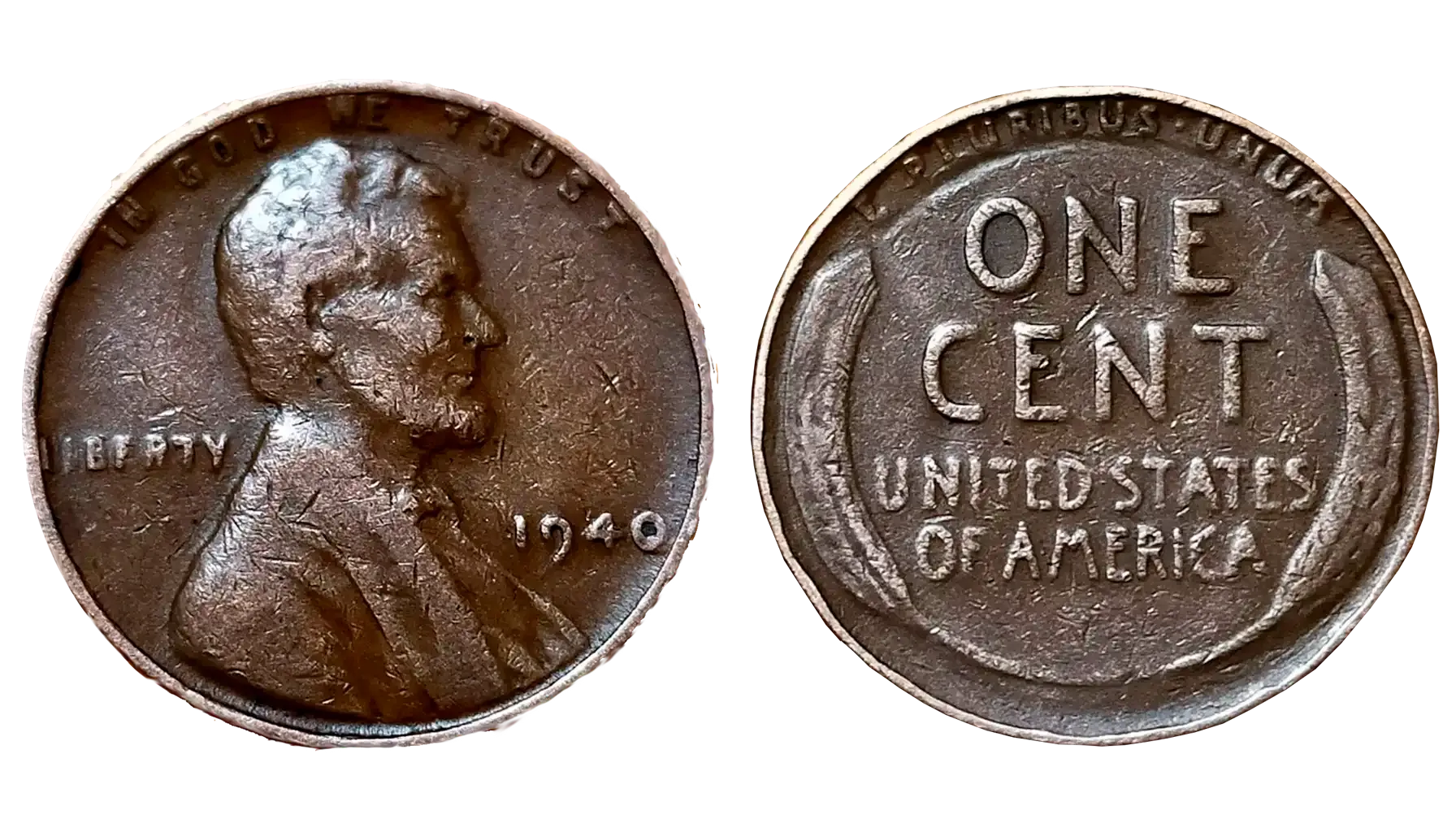
Estimated Value: $7,500.00
Last but not least example refers to a rare planchet striking error, where excessive pressure during minting caused some design elements, i.e., the wheat ears on the reverse, to unnaturally blend.
1940-D 1C Doubled Die Obverse (DDO)
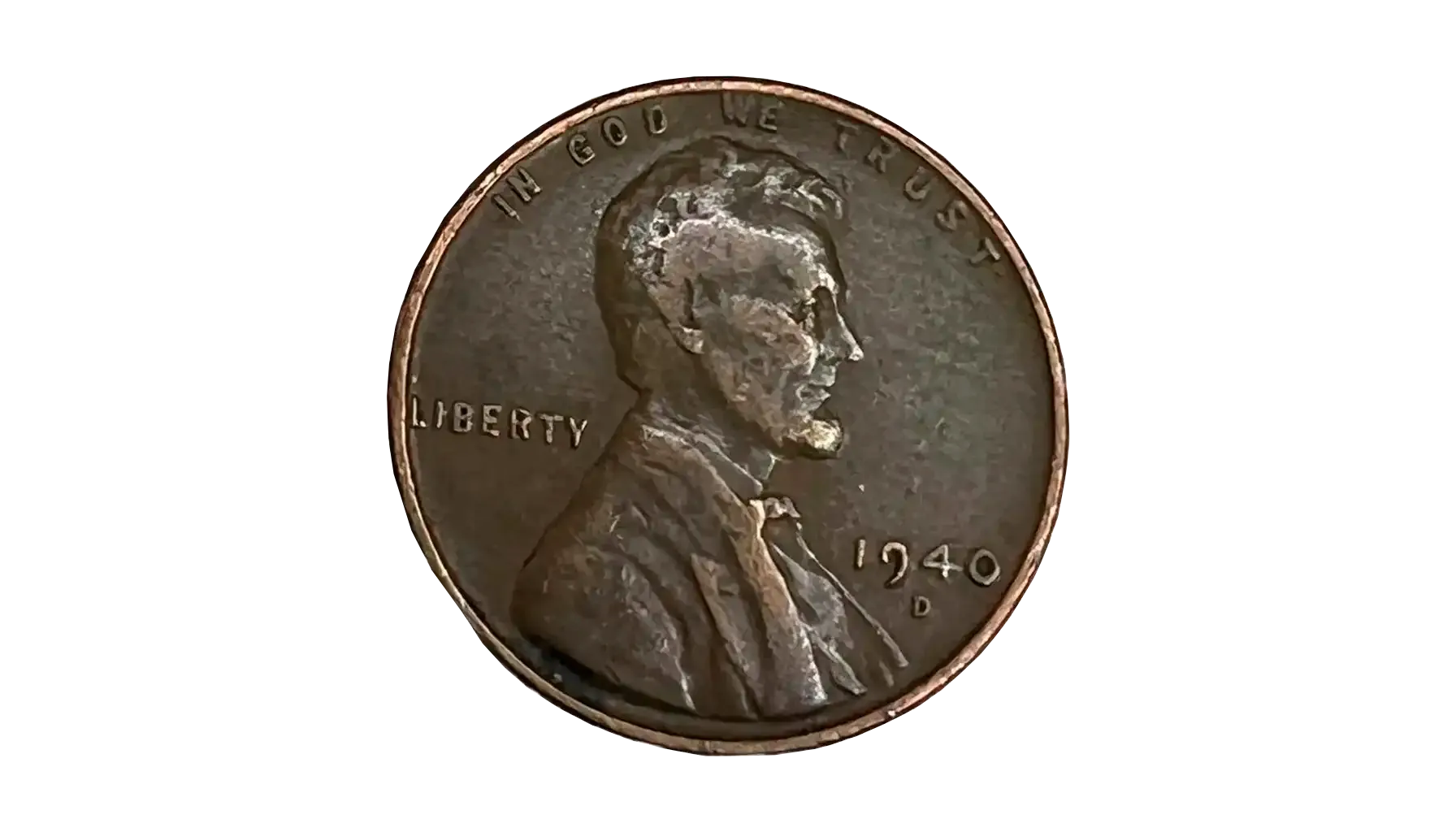
Estimated Value: $2,400.00
Another notable deviation is a Denver-minted cent with a doubled die obverse, showing clear doubling on the words “IN GOD WE TRUST”, “WE”, and the date. This dramatic error is extremely desirable, especially in XF (Extra Fine) or better condition.
1940 1C Struck on Brass Planchet
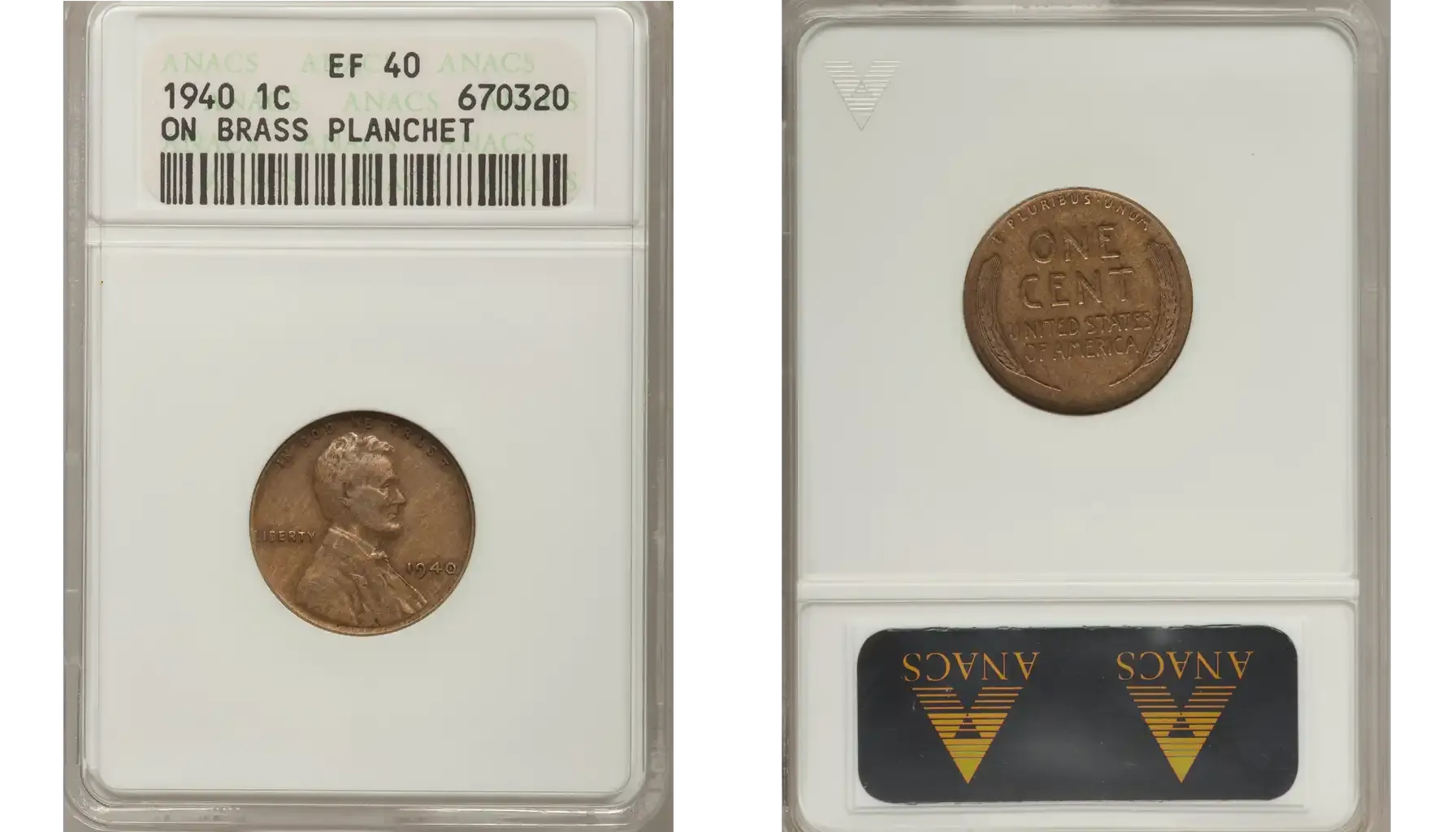
Estimated Value: $805.00
This error occurred when a 1940 Lincoln cent was accidentally struck on a brass planchet, i.e., a blank typically used for foreign or token coins. The color and weight slightly differ from standard copper cents.
1940 1C Rim Error
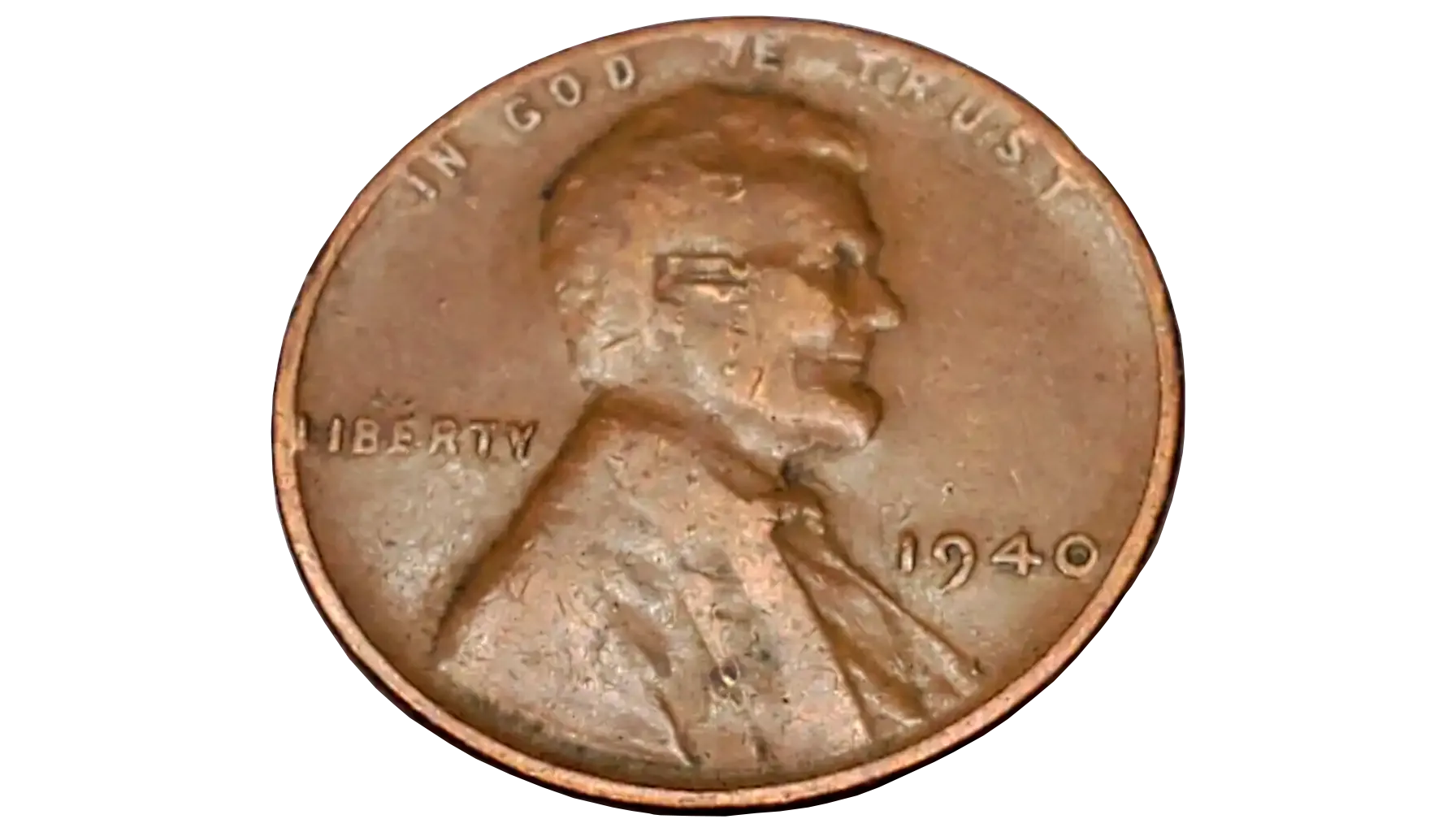
Estimated Value: $500.00
Here is a Philadelphia-minted 1940 1C coin with a misaligned rim, which causes the tops of the lettering "LIBERTY" and "IN GOD WE TRUST" to touch or merge into the rim. This type of striking fault is visually conspicuous and uncommon when in high-grade condition.
A Factor That Matters: Designations
What is a 1940 wheat penny worth? This can be inferred should we take a look at one special attribute – designations. Designations reflect the coin’s surface appearance, which is influenced by how it was stored, handled, and preserved over time.
Brown (BN): A coin that has lost most or all of its original red luster, turning a rich brown due to oxidation. This is the most common designation for older copper coins, especially those that were circulated.
Red and Brown (RB): A transitional state where the coin retains some of its original red mint luster (typically around 15–85%), but has also started to tone brown.
Red (RD): Coins that maintain at least 85% of their original bright red color.
Cameo (CAM): This designation applies only to proof coins and refers to the contrast between the coin’s mirrored background and its frosted design elements.
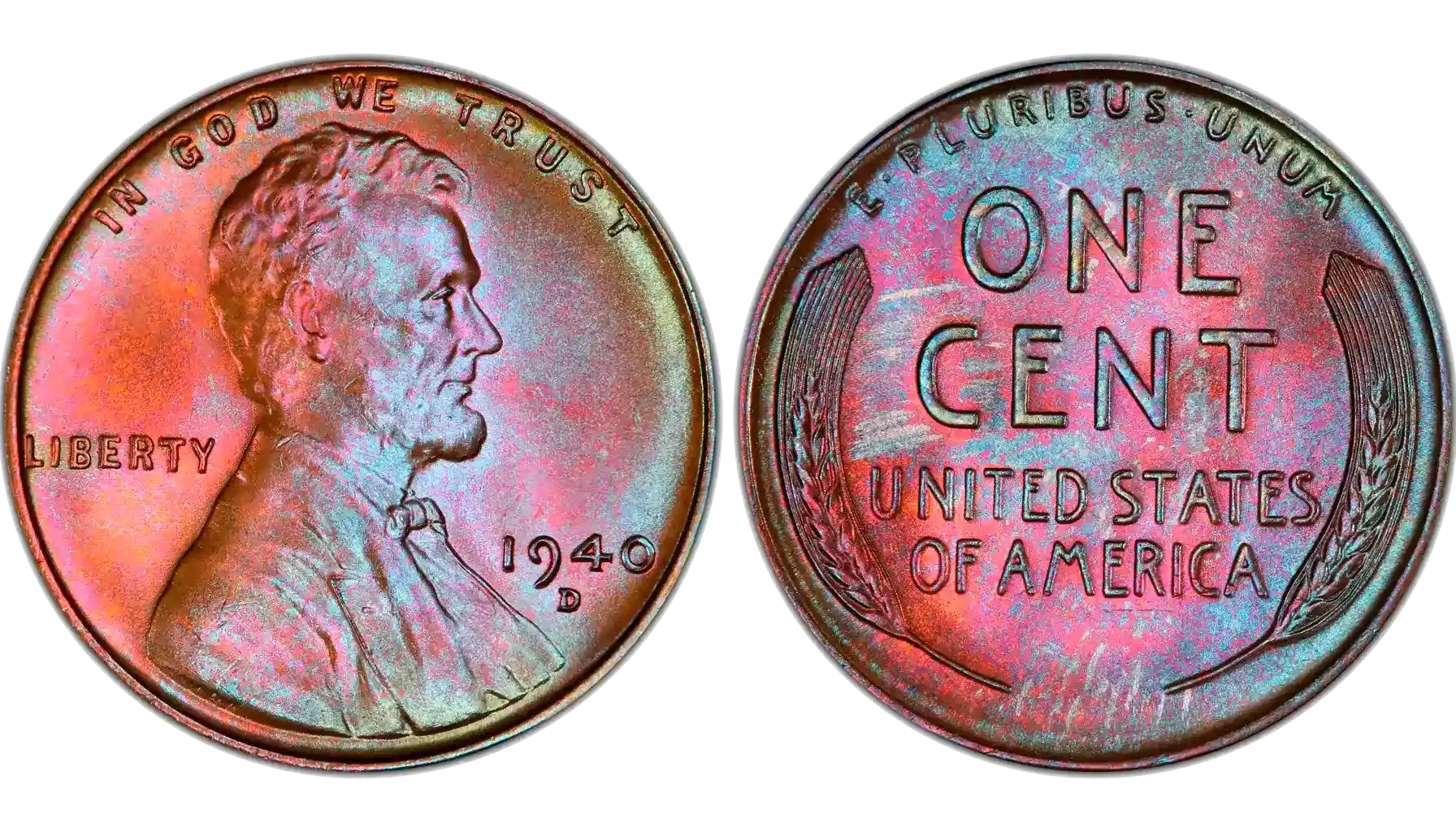
How Much Is a 1940 Penny Worth?
When it comes to the penny 1940 value, condition and rarity are everything. Most 1940 cents are modestly priced, which is why collectors do not hurry to obtain one such example. However, coins in exceptional condition, or those with special characteristics like mint errors, proof strikes, or high-quality designations, can fetch dramatically higher prices.
General Market Values
Coin | Good (G4) | Fine (F12) | Extremely Fine (XF40) | Uncirculated (MS60–MS65) |
1940 (P) | $0.05–$0.20 | $0.20–$0.50 | $0.75–$1.50 | $3–$12+ |
1940-D | $0.10–$0.25 | $0.25–$0.75 | $1.00–$2.00 | $5–$15+ |
1940-S | $0.10–$0.30 | $0.30–$0.80 | $1.25–$2.50 | $6–$18+ |
1940 Proof (P) | N/A | N/A | N/A | $75–$250+ (PR60–PR67) |
Auction Records
While general values are fairly predictable, online coin auction prices do reflect the "human factor". These high-grade examples are expertly graded, frequently exhibit full red (RD) luster, and are among the best known for their type.
Coin | Price Realized | Grade | Date Sold | Auction House |
1940 1C, RD (Regular Strike) | $14,950 | MS68 | 08-01-2006 | Bowers & Merena |
1940-S 1C, RD (Regular Strike) | $9,600 | MS68RD | 10-30-2018 | Stack's Bowers |
1940-D 1C, RD (Regular Strike) | $10,800 | MS68RD | 01-19-2025 | Heritage Auctions |
1940 1C, RD (Proof) | $11,163 | PR67+RD | 07-06-2017 | Heritage Auctions |
Why Auction Prices Vary So Widely
These sales emphasize that auction values cannot always be predicted by price guides alone. Factors like:
Registry set competition
Eye appeal and designation
Market trends and timing
Population rarity in top grades
...can all drive prices far beyond typical retail values.
We Know What You Need the Most
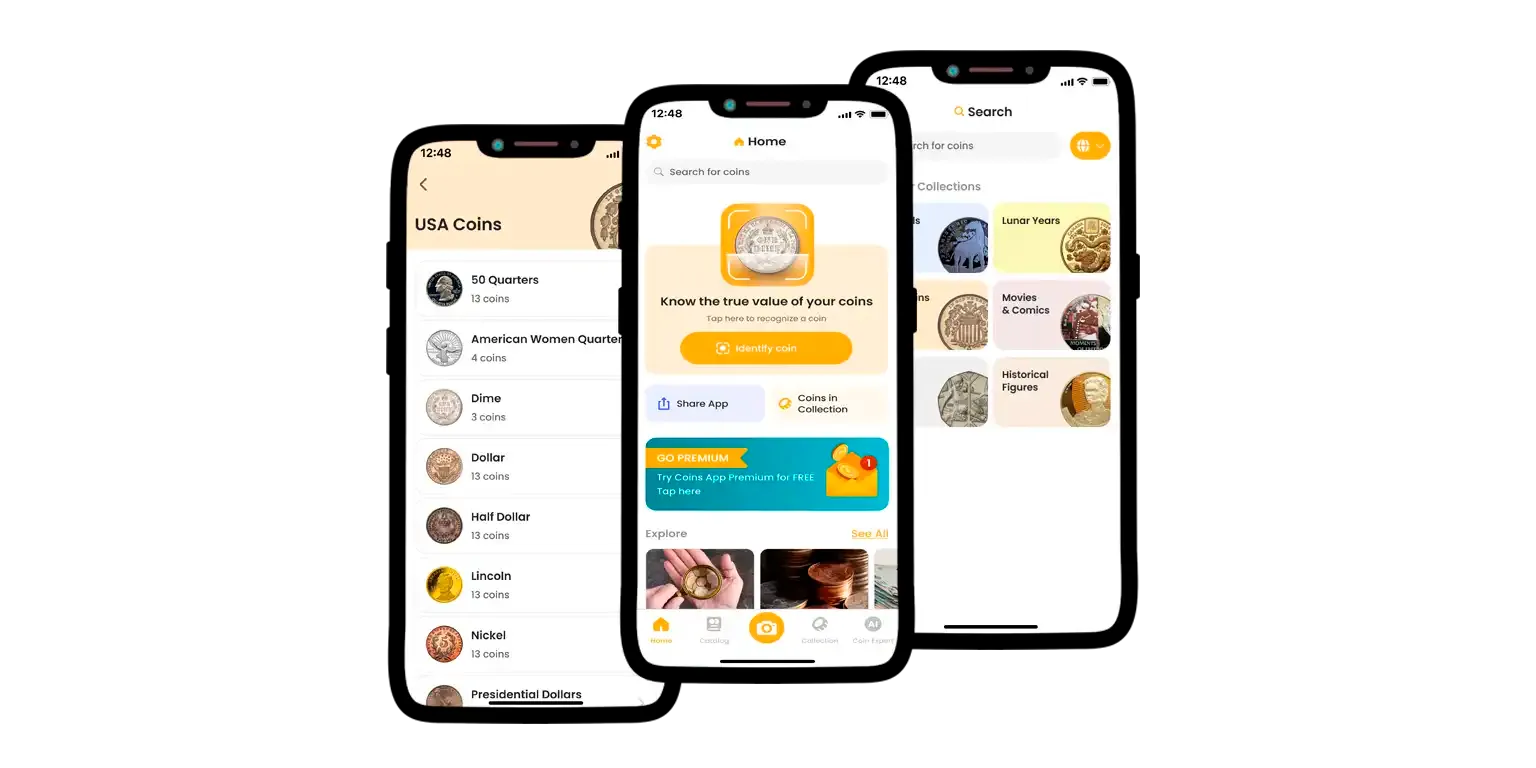
So as to get the most out of the numismatic experience, it might be reasonable to rely on special tools to identify and evaluate coins on the spot. Here is a reputable application that may make the identification process fast, accurate, and reliable – Coin ID Scanner. What does it have to offer?
Instant Identification: Coin ID Scanner scans your items to instantly provide vital information, including the year, mint mark, grade, origin, and even rare features like errors or unique design characteristics.
Error Detection: The software is trained to identify errors in an instant, flagging common and rare minting anomalies, e.g., doubled dies, off-center strikes, or planchet errors.
Mint Mark and Designation Recognition: If you are worried about missing a key mint mark or designation, leave it to Coin ID Scanner. The app automatically detects and reports on Brown (BN), Red and Brown (RB), Red (RD), and even Cameo (CAM) designations for proof coins (other types are also included, though).
Real-Time Market Data: To make sure you know how much your coins cost, we are to provide relevant estimates and auction records. Do not neglect data that may help you identify which instances are worth keeping and which ones should be sold.

